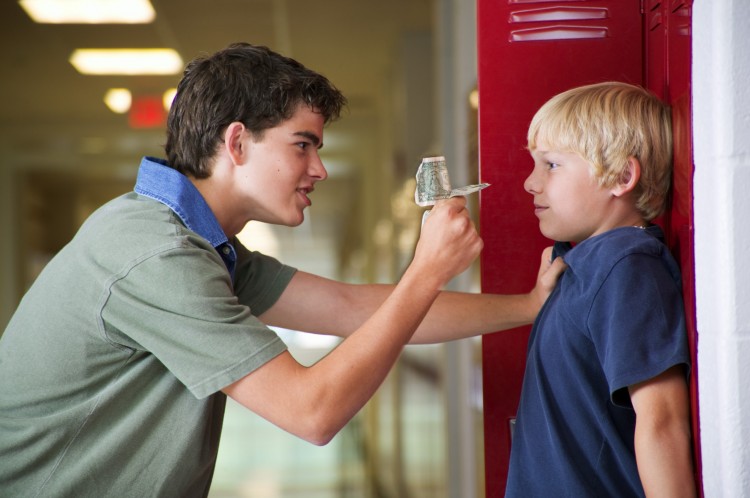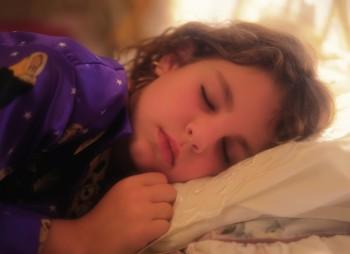Childhood Bullying: Different Coping Strategies for Victims
Children deal with peer aggression in different ways based on their social goal orientations, according to new American research, which could help develop better interventions or even reduce the incidence of bullying.

EASY VICTIM? Youngsters with demonstration-avoidance goals show less tendency to retaliate, but were considered more passive, which may increase the bully's willingness to harass. Photos.com
|Updated:




